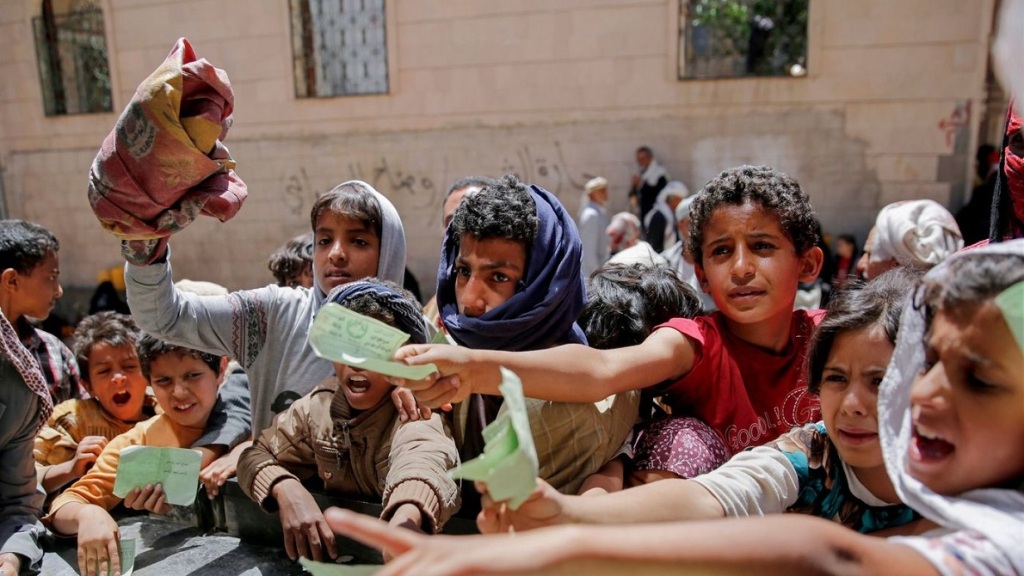
It’s challenging to write about Yemen because there are too many things going on. Yemen is the worst humanitarian crisis in the modern world. The war began in 2011, but the crisis started since 2015 and is still ongoing. The Yemen crisis has claimed more than 100,000 lives.
This prolonged conflict also causes famine. Clean water is a scarcity, resulting in a cholera epidemic that has infected 2 million people since 2016. Malnutrition has occurred everywhere, which has claimed more than 85,000 victims.
How about Covid-19? It becomes a silent killer. It is almost impossible to get a test, and besides that, the healthcare system is not ready. Yemen crisis has damaged around 3,500 health facilities and left only 1,700 in function. There are limited quantities of ventilators and hospital beds for 27 million people. Yemen before Covid has already been devastating, now everything is even worse when the US cuts its humanitarian funding for Yemen.
The War in Brief
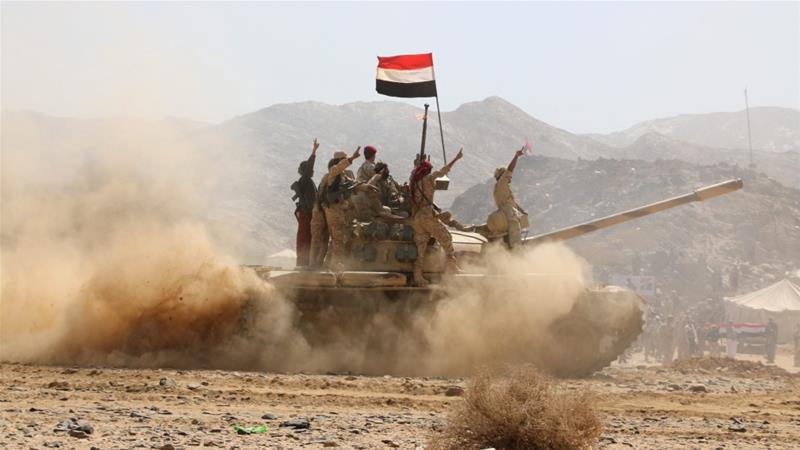
The conflict that arose in Yemen has been going on for decades. The modern conflict is rooted in the Arab Spring. The protestors asked Mr Saleh to resign reigning for 33 years, but he refused it. This tension took civilian casualties. Therefore an international agreement was made to transfer power to the vice president, Abdrabbuh Mansour Hadi.
Mr Hadi tried to change the constitution and do a budget reform but these ideas rejected by Houthi rebels in the North. The Houthis is a Shia Muslim group. The Houthis then attacked the capital, it made Hadi escape to Riyadh. The current conflict culminated when the Saudi Arabian coalition intervened and assisted the official government of Mr Hadi to fight against the Houthis. The Houthis was supporting the previous president, Ali Abdullah Saleh, therefore they against Hadi.

In 2005, Saudi did not come alone but with their coalition named the Arab coalition. This coalition consists of 9 countries: Saudi Arabia, UAE, Sudan, Bahrain, Kuwait, Qatar, Egypt, Jordan, Morocco and Senegal. But they are also supported by the United States, the UK and Iran’s People’s Mujahedin.
In 2018, the Arab coalition tried to push up the deadlock on the battlefield by making a big attack in the Red Sea city Hudaydah. The city contains 2/3 of Yemen’s population and is the primary dock for food distribution. The destruction of this port was the starting point for the famine.
Houthis continue to occupy the capital cities of Sana’a and Northwestern Yemen today. Dar al-Qaeda militants in the Arabian Peninsula (AQAP) and the ISIS affiliates organisation also once used this situation to attack the southern regions, especially Aden, where Mr Hadi built a temporary house.
Is there any peace agreement?
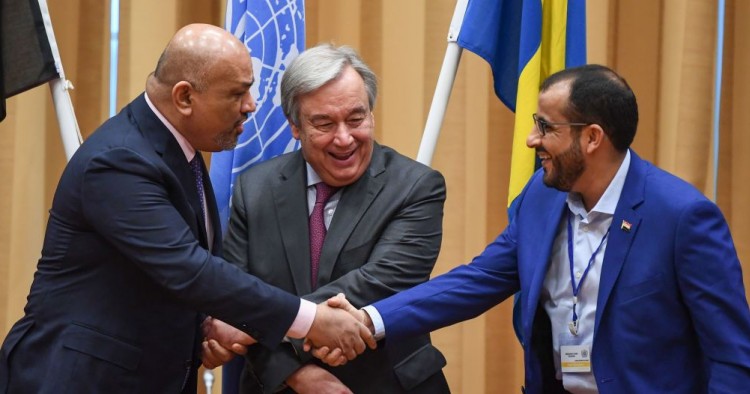
After fighting in the Hudaydah, all partis of Yemen crisis agreed to hold a ceasefire and have a discussion in Sweden. Finally, the Stockholm Agreement made to demilitarize the Red Sea city of Hudaydah, conduct prisoner exchanges, and discuss the situation in Taiz.
The Houthis agreed to leave the city and placed alternative security forces there. But the Yemeni government does not believe in it. They were sure that the coastguards are Houthi fighters. There is no progress on the second redeployment, and it is feared that the Stockholm Agreement will be terminated.

The UAE announced the withdrawal of its troops in July 2019. In August a war broke between Saudi-backed forces and the southern separatist movement supported by the UAE, called STC (Southern Transitional Council). STC occupies Anden and does not let the cabinet run until the Saudis agreed to di power-sharing in November 2019.
The UN thinks this agreement can reconcile these two actors, but in January 2020, another fight between the Houthis and the Arab coalition exploded again. the STC declared that it rules Anden in April 2020 and broke the peace agreement with the government. They also said they would rule the Anden and the southern provinces. Arabs proposed a ceasefire during the pandemic, but the Houthis refused and requested the opening of air and water lines in Sana’a and Hudayah.
Humanitarian Crisis effect
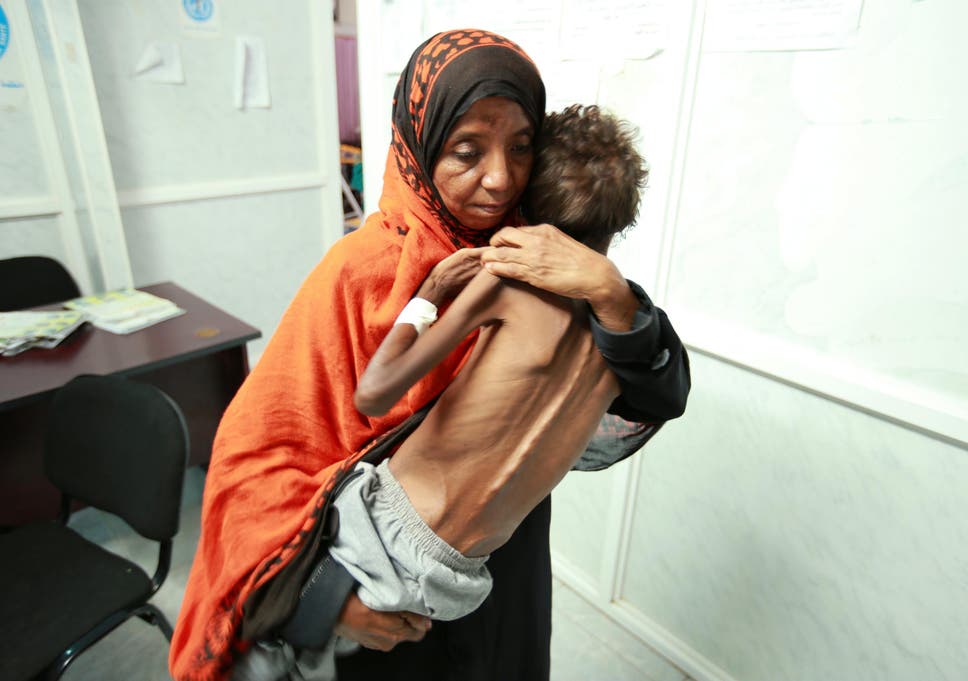
The conflict has displaced 3.65 million people from their home. More than 100,000 people have died based on the data from the ACLED (Armed Conflict Location and Even Data Project) in October 2019, including 12,000 civilians. The UN has verified 7,700 civilians deaths per March 2020. The high number of fatalities and displacement in 2019 has made Yemen the deadliest conflict in the last two years.
Yemen imports 90% of its food sources. However, since the port of Al Hudaydah was damaged and the access blocked by the Arab coalition, Yemen experienced famine. Yemen crisis also caused economic destruction and unemployment. As of March 2019, 20 million Yemeni (70% population) experienced food insecurity. According to the UN, 14 million people are one step away from famine.
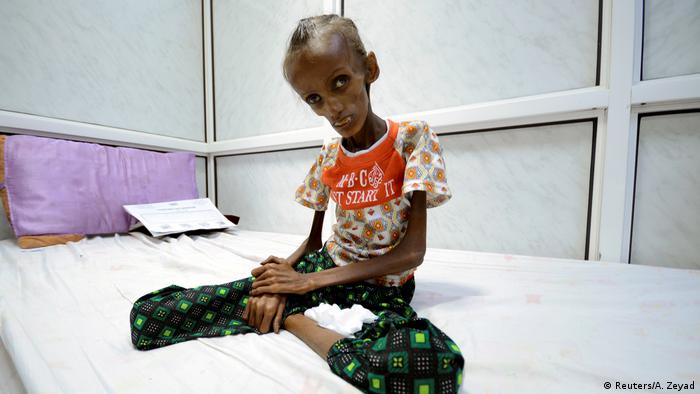
In 2018 alone, the New York Times stated that 1.8 million children had severe malnutrition in Yemen. That same year, Save the Children reported that 85,000 children with severe acute malnutrition had died since 2015. In March 2020, UNICEF said that approximately 2 million children also had acute malnutrition and needed treatment. Due to Covid-19, it is believed tens of thousands of children will experience severe acute malnutrition in the next six months, and increase the number of toddler malnutrition to 2.4 million.
This war and famine caused 24 million people or 80% of the population to rely on aid to survive. But unfortunately, funding must be cut due to Covid, which makes various donor countries experience economic difficulties.

Adding to these nightmares, in June 2017, cholera declared as an epidemic. In 2018, there were 1.2 million reported cases and killed 2,500 people. This outbreak happened because Yemen has a clean water problem, and access is increasingly scarce when the war destroyed various water and sanitation infrastructure.
Since 2016 funding for public health has been stopped, many sanitation workers are not getting paid, so, a lot of garbage has entered the clean water storage area. In 2020, 137,000 cases of cholera and diarrhoea have been recorded. Since children are mostly malnourished, therefore 58% of fatalities are children.
The US Suspends the Humanitarian Aid

In the previous sub-chapter, we learned that 24 million Yemenis are dependent on humanitarian aid due to the Yemen crisis. But currently, the aid has been decreased. UNHCR requires US$ 211.9m in 2020, but so far only 30% have been fulfilled. If there is no urgent increase, UNHCR must be forced to close several supporting programs including the provision of mattresses, blankets and emergency shelters.
In early June, the UN stated that 30 out of 41 humanitarian programs in Yemen could be closed within weeks because there was no more funding. At the conference on June 2nd, Saudi Arabia and the UN held a conference on Yemen crises to raise funds. International donors provided a total of US$ 1.35bn in humanitarian and Covid-19 response in Yemen. However, these funds are less than their target, which is the $2.41bn.
Saudi Arabia as one of the war actors donated $500m to the Humanitarian Response Plan in Yemen, the UK donated $200m, the US gave $225m, and Germany also announced it would donate $139.8m. However, Saudi Arabia and The UN are quite grateful, knowing the effect of Covid-19 that has damaged the world economy. But unfortunately, all payments have not been made, the United Nations has only received 47% of the $ 1.35bn.

One of the reasons why the United Nations is so under-funded this year is because the biggest funding sponsor for Yemen, USAID cut their aid funds by the $10m in March 2020. The US government made this deduction because they suspected that aid funds were disrupted by Houthi rebels who collaborated with Iran. USAID stated that they would suspend $73m in aid, but Oxfam and other humanitarian groups noted that the total cuts were $200m. The US also cut WHO funding for health and nutrition programs by $27m.
Many critics claim that the funding cuts are based on political motives to Iran. International aid groups ask the US to return the assistance because after all, the US is responsible for supplying jets, bombs and weapons to the Arab Coalition that destroyed hospitals and everything.
Oxfam said, USAID funds mostly support hospitals. If the program is closed, 1 million people cannot get health supplies, including hygiene kits. As many as 2 million malnourished children will also be increasingly vulnerable because the nutrition program must be closed.
Covid-19 and healthcare system

The health system in Yemen has deteriorated since the war. Many healthcare workers don’t get paid anymore. The presence of a pandemic has further brought down this collapsing system.
Cleanliness in Yemen is very lacking. There is no clean water, and 75% of the population cannot afford soap. Millions of young children are malnourished, leaving them vulnerable to infection, the pandemics can kill them all.
Half of the health facilities are no longer functioning; the equipment is also very lacking. With a total population of 27.5 million people, there are 675 ICU beds and 309 ventilators after the help of international organizations. The first case of coronavirus was reported on April 10th. Now, there are around 1,076 confirmed cases and 288 fatalities. The death rate is 27%, and it is very high compared to the global death rate. The high mortality rate is usually due to the very lack of testing ability. They only test 31 people per 1 million population. Not to mention that the medical staff are lacking PPE. Dozens of medical workers have died, including Yemen’s infectious disease expert, Yassin Abdul Wareth, in May 2020.
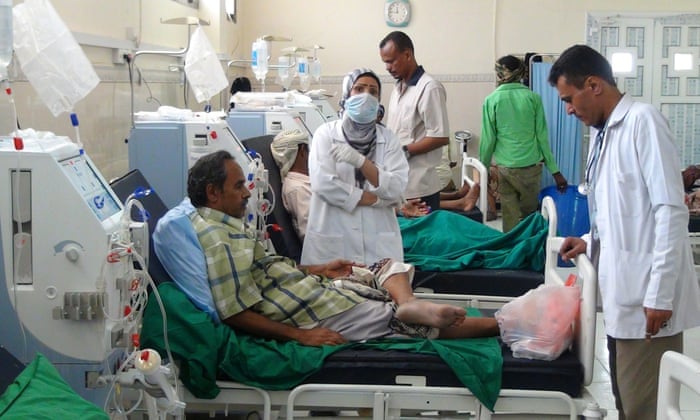
In May 2020, the cemetery in Yemen was full of dead bodies, which might have been caused by Covid-19. There are chances Covid has killed more people than the figures reported by the government.
In mid-May alone Save the Children said 400 people died in Anden with symptoms similar to Covid within a week. Many hospitals are closed because they cannot afford to treat Covid patients. Many doctors are reluctant to work because of the lack of PPE, which sometimes they have to buy for themselves at costly prices.
Medicins Sans Frontiers or MSF runs a facility for Covid-19 in Southern Yemen. But they started to run out of equipment too, so they must reject the patients. Lisa Grande, a humanitarian coordinator for Yemen, stated that
“The virus may quickly spread in Yemen. The factors are all here. Low levels of general immunity, high levels of acute vulnerability and a fragile, overwhelmed health system.”
The war has been going on for too long in Yemen and is destroying the entire social-economic system. If the war can be stopped, they still have to resolve the health crisis caused by cholera and Covid-19. Covid-19 requires fast handling, but unfortunately, this cannot happen in Yemen. Will millions of children be increasingly malnourished? Is this country able to survive?
This is how you can help

You can help by donating to these international NGOs:
- Save the Children in Yemen
- ICRC
- Oxfam
- Doctors Without Borders
- International Rescue Committee
- Norwegian Refugee Council
- World Food Program
- UNICEF
Disclaimer:
I will not provide analysis in this article. However, one thing that needs to be emphasized is, the Yemen crisis is a struggle of power between Sunnis and Shias. The article made because of the request of my friends to summarize everything that happened in Yemen.